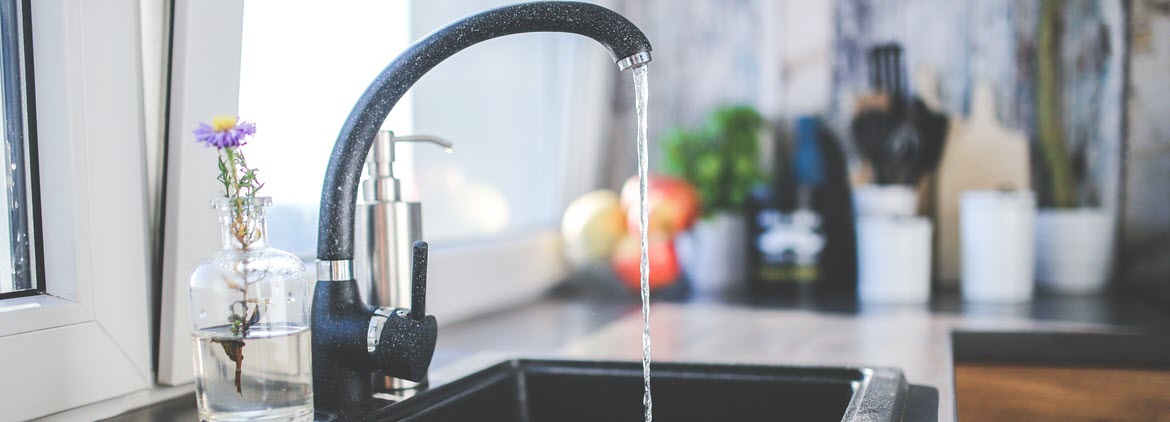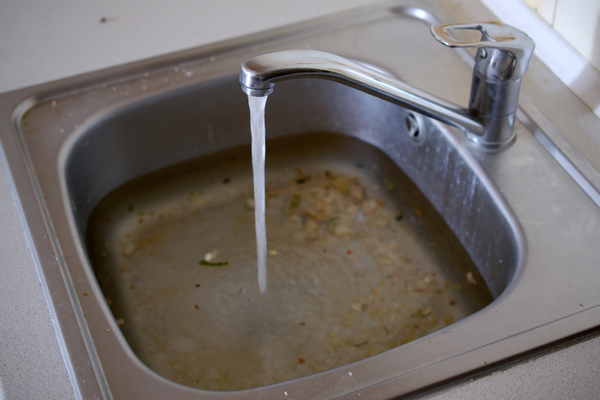Strategies for Unclogging a Blocked Drain Prior to Consulting Expert Plumbers
Strategies for Unclogging a Blocked Drain Prior to Consulting Expert Plumbers
Blog Article
They are making a number of good points relating to 8 Tips For Clearing A Blocked Drain in general in this great article down below.

Intro
Taking care of an obstructed drainpipe can be an irritating experience, interfering with day-to-day tasks and possibly triggering damage to your home. However, before connecting to plumbing professionals, there are steps you can require to resolve the problem yourself. In this overview, we'll discover DIY solutions and safety nets to deal with an obstructed drain successfully.
Identifying the Concern
The initial step in addressing a blocked drainpipe is recognizing the indicators. Slow-moving drain, gurgling audios, foul odors originating from drains, or water support up prevail signs of a blocked drainpipe. Identifying these signs early can help stop even more problems.
Choosing the Right Pipes Solution
When selecting a plumbing solution, think about factors such as experience, licensing, and client evaluations. Pick a credible plumbing professional with a track record of top quality handiwork and clear prices techniques.
Price Factors to consider
The expense of professional drain cleaning company can differ depending upon the severity of the obstruction and the plumber's prices. Request quotes from multiple carriers and inquire about any added fees to ensure openness and stay clear of surprises.
Security Measures
When trying DIY drainpipe cleansing, focus on safety. Put on protective gloves and glasses to prevent contact with damaging chemicals or microorganisms. Never blend various drainpipe cleaning items, as this can produce unsafe fumes.
Instance Studies
Real-life instances show the performance of DIY remedies and the value of timely specialist intervention in dealing with drainpipe clogs.
Usual Root Causes Of Blocked Drainpipes
Recognizing the factors that contribute to drain obstructions is crucial for efficient resolution. Typical perpetrators include hair, soap scum, grease, food debris, and international items like hygienic items or paper towels. Tree roots getting into underground pipelines can additionally cause substantial obstructions.
DIY Solutions
For minor clogs, a number of do it yourself solutions can be reliable. Putting boiling water down the drain can help liquify grease and particles. Sodium bicarbonate and vinegar or a combination of salt and baking soda can work as all-natural cleansers. Utilizing a bettor or plumbing serpent to displace obstructions is an additional alternative.
Devices and Equipment
Having the right tools handy can make do it yourself drain cleaning up extra reliable. A bettor is a functional tool for removing obstructions in sinks, toilets, and showers. A pipes serpent or auger can reach much deeper obstructions, while drain cleaning chemicals can be used carefully for persistent blockages.
Safety nets
To prevent future obstructions, embracing preventive measures is important. Install drainpipe guards or strainers to catch hair and debris before they get in the pipelines. Consistently flush drains with hot water to liquify oil buildup, and avoid disposing of oil or strong waste down the drain.
When to Call an Expert
While do it yourself remedies can solve minor clogs, specific signs suggest the requirement for expert support. Relentless obstructions, foul odors despite cleaning up initiatives, or several drains backing up simultaneously are red flags that warrant expert intervention.
Conclusion
By complying with the ideas detailed in this overview, you can effectively take on obstructed drains and stop future pipes issues. Whether choosing DIY solutions or seeking professional assistance, prompt activity is crucial to preserving a healthy plumbing system and preserving the integrity of your home.
WHAT I LEARNED FROM TRYING TO DEAL WITH A CLOGGED DRAIN
We have had our share of seepages and other annoying things that are part of living, especially in an apartment complex. And if there’s one thing that’s terrifying for a homeowner—or even someone in a rented home—it is a clogged drain, indoors or outdoors.
We enjoy our living space, but it’s simply a fact of life that dead skin, soap and a host of other items go down the drain; eventually, the residue builds up and prevents anything from moving. Ugh.
Not Calling A Professional
Of course, it might seem simple to just whip the pipe off under the sink and see if you can unblock it. Unfortunately, what if the blockage isn’t there, or you don’t reconnect it properly? Worse, you might break a piece and have no drainage system. Can you imagine that scene? Yuck!
Not Watching Your Waste
This will sound d’uh, but the best tip I can give you for drain cleaning is to avoid clogging the drain in the first place! You can do this by monitoring what goes down the drain and catching the items which are most likely to give you a problem. Invariably hair, vegetable peels, and large wads of toilet paper are the most obvious culprits. Add a filter—these are available in hardware stores and can be removed and cleaned easily.
Poking The Drain
The first urge with a clogged drain is to poke at it with a stick or anything that resembles a stick. Sadly, this does not result in magically solving the issue. The mental image is, naturally, one of the stick just pushing through the offending item and all is well again. Reality is quite different and unpleasant and likely to lead to further problems.
The thing is, every drain has a series of bends that are not visible to us. Drains are built this way to prevent gases from entering the house. What happens when you poke a stick into the drain? Of course, it can’t bend around the corner. The more adventurous people will use force and end up wedging the stick or causing it to break off in the pipe—creating an even bigger issue. Worst thing? The stick will shift the block further down the pipe, creating the space for more to collect. Go ahead! Roll your eyes!
Using The Wrong Plunger
You know what they say: the right tool for the right job! Did you know there are different types of plungers besides the basic one we keep at home for an emergency? Yes, there are. For example, the toilet plunger has a bell-shaped bottom while the sink plunger is flat. This is an important difference and using the wrong plunger will be useless. There’s also a knack in using plungers—they must be placed in such a way that they create an airtight seal and then, moved slowly up and down—not as fast as we imagine.
https://vidyasury.com/2018/01/learned-trying-deal-clogged-drain.html

I stumbled upon that review about Tips for Dealing with Clogged Drains and Sewer Lines while doing research the internet. Sharing is good. Helping people is fun. I am grateful for being here. Return soon.
Call Today Report this page